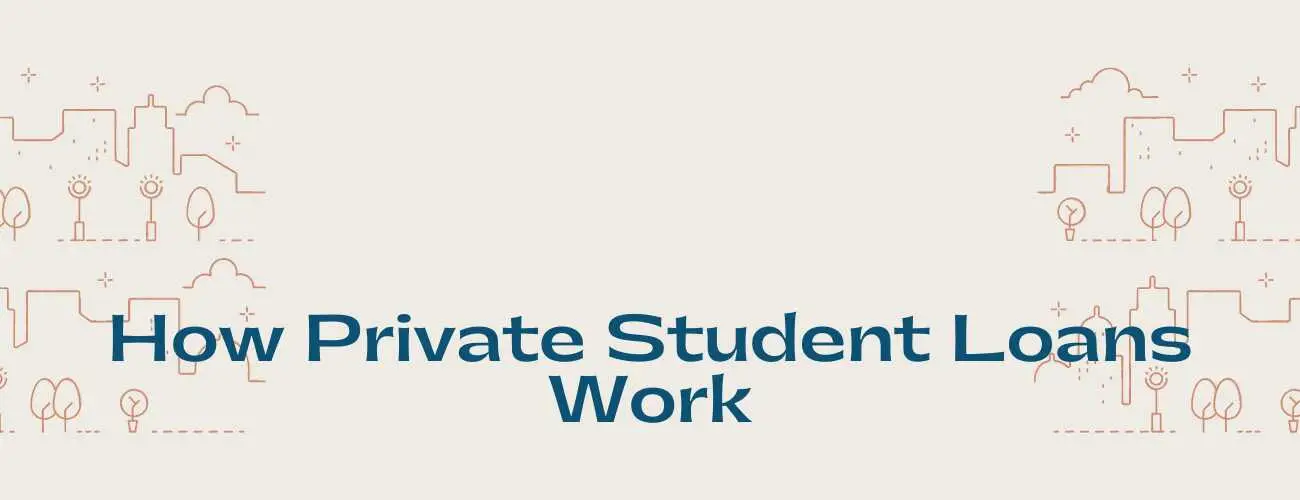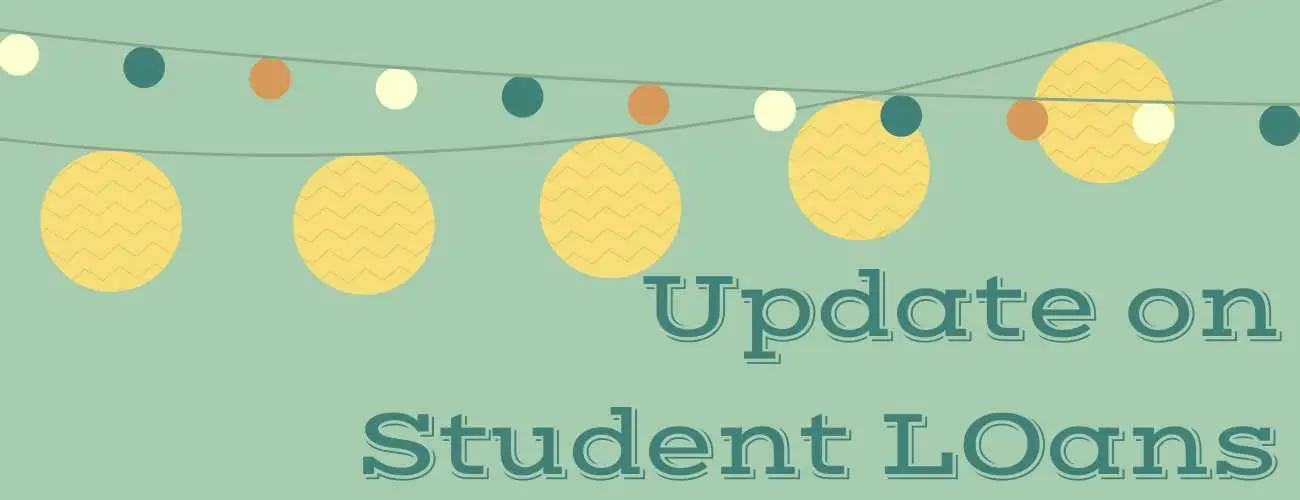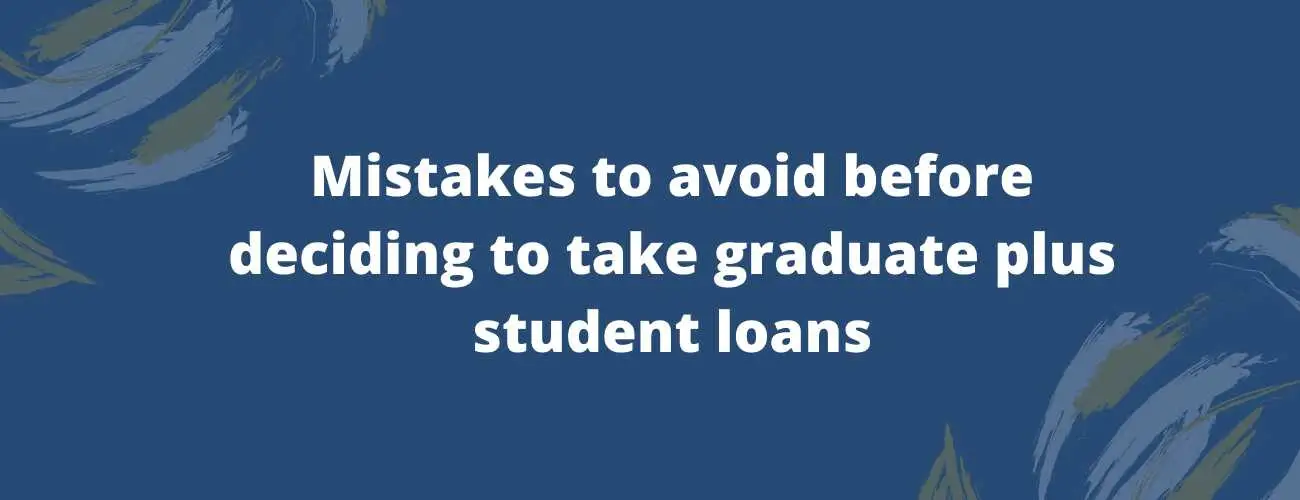NIH Loan Repayment Program (LRP)- all you need to know
NIH LRP is designed for researchers working in the medical field. Read on to know what is NIH LRP, the types, eligibility criteria, how to apply and tips for successful NIH LRP application
Updated by Shrestha Dey on 21st February 2020
National Institute of Health (NIH) Loan Repayment Program (LRP) is specially designed for research physicians to pay off their student debts. The pay for physicians who opt for clinical research are paid less than their peers who offer to work on ground. As a result there is a dearth of physician researchers due to this high salary gap issue in conjunction with high student loans. NIH LRP is an attempt to help curb these issues and attract more physicians towards research. This article aims to break down NIH LRP in detail for you.
Table of Contents:
- What is NIH LRP
- Types of NIH LRPs
- Eligibility Criteria for NIH LRP
- How to Apply for NIH LRP
- Tips for a successful NIH LRP application
What is NIH loan repayment program?
Medical school and science education in general is a costly affair and clinical researchers aren’t paid enough to repay their student debt. Hence, most of these health professionals join high paying private medical jobs which would help them pay off their student loans while providing well or themselves and their families.
The National Institute of Health aims to combat this problem and recruit more health researchers by offering loan repayment programs.
In order to qualify for NIH LRPs, a professional has to work for at least 20 hours per week on a qualified research project, not necessarily with NIH.
How much does NIH LRP pay?
If you qualify for NIH LRP, your student loan debt could be reduced to upto 50%. The maximum amount awarded to a researcher is $50,000 per year. The award amount has been increased from $35,000 to $50,000 in July, 2019. The new LRP awards from the NIH are 2 years contracts for which the maximum LRP amount that can be awarded is $100,000. In order to be eligible to receive a new LRP, the minimum student loan debt amount should be $50,000 and for the maximum award of $100,000, the minimum student loan debt amount should be $200,000.
Types of Loans that qualify for NIH LRP
Awards and eligibility are based on your educational debt. The following loans are eligible for NIH loan Repayment Program:
-
Loans granted by the US Department of Health and Human Services
-
Loans granted by the US Department of Education ( Federal Student Loans excluding parent plus loans)
-
Loans offered by academic institutions
-
Private educational loans
-
Loans granted by a US state, the district of columbia or a territory or possession of the US
Worried about your college tuition? Find the best student loans here
Types of NIH LRPs
There are 8 programs in total under the NIH Loan Repayment Program. Five of these loan repayment programs are for external employees not working for NIH. These programs are known as Extramural. The other three repayment programs are for NIH employees. These programs are known as Intramural.
Extramural LRPs
These are the following programs that falls under Extramural LRP:
-
Clinical Research
-
Pediatric Research
-
Health Disparities Research
-
Contraception and Infertility Research
-
Clinical Research for Individuals from Disadvantaged Background
Clinical Research :
The Clinical Research Loan Repayment Program supports clinical researchers who interact with human patients in in-patient and out-patient settings. Clinical Research LRP includes patient oriented research of the causes and effects of diseases in humans.
Clinical Researchers goal is to clarify problems in disease and behavioral studies or health services research or developing new clinical trials, interventions and technologies.
The NIH annually allocates around $40 million dollars towards Clinical Research Loan Repayment Program.
Pediatric Research:
Pediatric Research Loan Repayment Program supports researchers who work in the field of pediatric medicines. The qualifying research focuses directly on diseases, disorders and other conditions related to children.
The NIH annually allocates $18 million approximately towards the Pediatric Research Loan Repayment Program.
Health Disparities Research:
The Health Disparities Research Loan Repayment Program supports investigators in minority health disparity population. These populations are defined by the agency of HealthCare Research & Quality and NIMHD.
According to NIH, Health Disparity Population is defined as “ populations where there is significant disparity in the overall rate of disease incidence, prevalence, morbidity, mortality, or survival rates in the population as compared to the health status of the general population.”
The qualifying research for Health Disparities Research focuses on the basic, clinical, behavioral or social examination of health disparities. It can include the cause as well as the methods to diagnose, prevent and treat diseases.
The NIH annually allocates $4 million approximately towards Health Disparities Research Loan Repayment Program.
Contraception and Infertility Research:
Contraception and infertility Research Loan repayment program supports health researchers in the field that impact the ability of couples to conceive and bear children. Qualifying research for Contraception and Infertility may fall into the following two definitions: Contraception and Infertility. The goal of contraception research is to provide improved methods of pregnancy prevention whereas infertility research has the long term goal of evaluating or treating conditions that result in the failure to conceive or bear children.
The NIH annually allocates $1.3 million approximately towards the loan repayment program for Contraception and Infertility Research.
Clinical Research for Individuals from Disadvantaged Background
Clinical Research for Individuals from Disadvantaged Background Loan Repayment Programme aims to recruit and retain qualified health professionals from disadvantaged backgrounds into the field of clinical research.
According to NIH, an individual from disadvantaged background is someone who:
-
Comes from an environment that inhibited the individual from obtaining the knowledge, skill and ability required to enroll in and graduate from a health professions school; or
-
Comes from a family with an annual income below a level based on low-income thresholds according to family size published by the US bureau of the Census
Qualifying Research focuses on clinical research as mentioned above.
The NIH annually allocates around $1 million towards the Loan Repayment Program for Clinical Research for Individuals from disadvantaged backgrounds.
Intramural LRPs
The following 3 research programs fall under Intramural Loan Repayment Program
-
AIDS Research
-
Clinical Research for Individuals from Disadvantaged Backgrounds
-
General Research for ACGME fellows
AIDS Research:
The AIDS research Loan repayment Program supports NIH researchers who conduct investigations concerning Acquired Immune Deficiency Syndrome (AIDS).
Qualifying research studies the Human Immunodeficiency Virus (HIV), the pathophysiology of its infection, predisposition to HIV & AIDS and the development of treatment & vaccines for HIV & AIDS.
Clinical Research for Individuals from Disadvantaged Backgrounds
Clinical research for individuals from disadvantaged backgrounds loan repayment program supports investigators hailing from an environment which inhibited their ability to obtain the knowledge, skill and expertise required to enroll and graduate from a health professionals school, or who come from a low income family.
Qualifying research focuses on patient oriented research.
General Research for ACGME Fellows:
The loan repayment program for General Research for ACGME fellows falls in 2 categories :
General Research and General Research for ACGME. General Research for ACGME is a non competitive three year program supporting NIH researchers or fellows who are also in subspecialty and residency training programs accredited by the Accreditation Council For Graduate Medical Education.
The qualified research topics are approved by the loan repayment committee of NIH based on the proposed research subject and how it relates to the priorities of the NIH.
Eligibility Criteria for NIH Loan Repayment Programs
As per National Institute of Health, “ LRP awards are based on an applicant's potential to build and sustain a research career”
In order to be eligible for NIH LRP, the following criterias should be met:
-
The applicant should be a US citizen, US national or a permanent resident of the states.
-
The applicant must have qualified educational debt equal to or more than 20% of the applicant’s base salary, at least $50,000 in total
-
The applicant must agree to conduct qualified research, which is already funded, for at least 20 hours per week during each service period of NIH Loan Repayment Program awards
-
The applicant should have a doctoral degree including MD, PHD, PharmD, PsyD, DO, DDS, DMD, DMM, DC, ND, OD, DVM
-
The applicant must agree to conduct research that is supported by a non profit organization or US government agency.
How To Apply for NIH Loan Repayment Program
For someone who is interested in medical research and is interested in applying for NIH LRPs, may follow the steps below:
-
To start a request for LRP, an applicant needs to register and obtain a commons ID using the NIH website
-
NIH LRP has deadlines each year. The applicant must ensure to submit application and documentation before the end of the deadline
-
For an applicant interested in NIH LRP, check thoroughly the various loan repayment programs offered by NIH and their eligibility criteria. An applicant must read through to find out where they fit
-
Once registered, the application process can be started. If the applicant has received at least one NIH LRP award before, they will begin filling the Renewal Award Application. In case the applicant is applying for the first time, they will fill a New Award Application
-
The applicant has to provide information about their plans for qualifying research, short term and long term goals, supporting documents, a personal statement and referral letters
-
In case of applicants from disadvantaged backgrounds, the applicant has to submit verification of their disadvantaged designation
Tips For a Successful NIH LRP Application
One of the steps for applying for NIH LRP is submitting an application. NIH LRPs are highly competitive n nature and in order to be awarded successfully, an applicant must write a highly persuasive application. NIH offers tips for a successful competitive application which are discussed below:
-
While writing the application, make sure you demonstrate your commitment to research and qualifications to conduct research
-
Create a strong, innovative and demonstrable research plan
-
Provide strong letters of recommendation from colleagues who have worked with you and knows where your areas interest lies
-
Make sure you are well aware of the scientific mission and funding priorities of your program
-
If possible collaborate with a mentor who has his work published and preferably has grant support
NIH LRP is a great way for researchers to overcome the wage disparity between research careers and private practice. With the help of NIH Loan Repayment Program, a career in research doesn’t have to include a pay cut. May we suggest applicants interested in NIH LRP do their thorough research before applying for any LRP.



93.jpg)


28.jpg)
